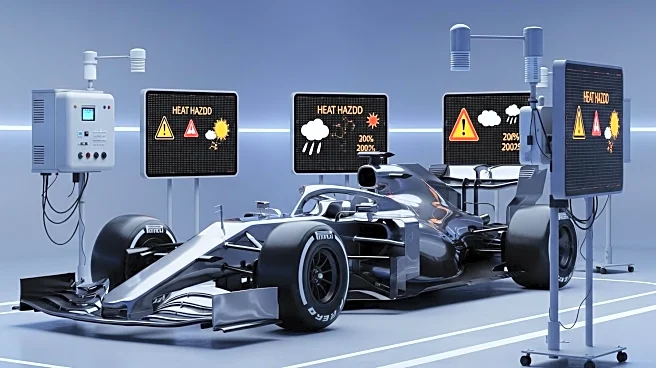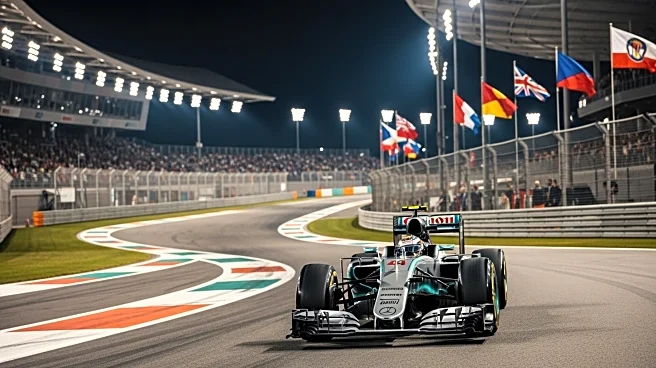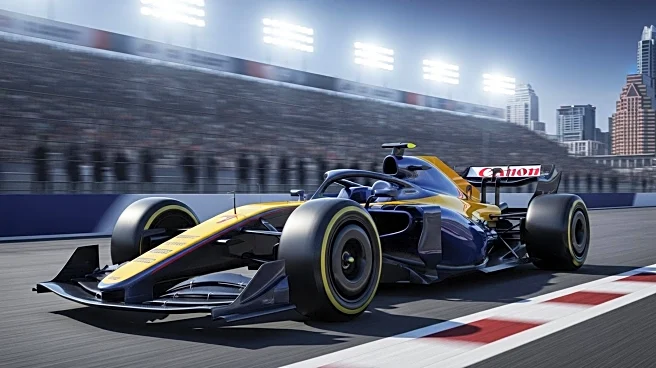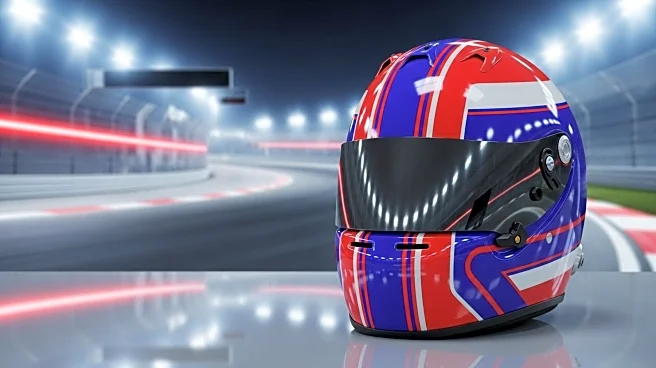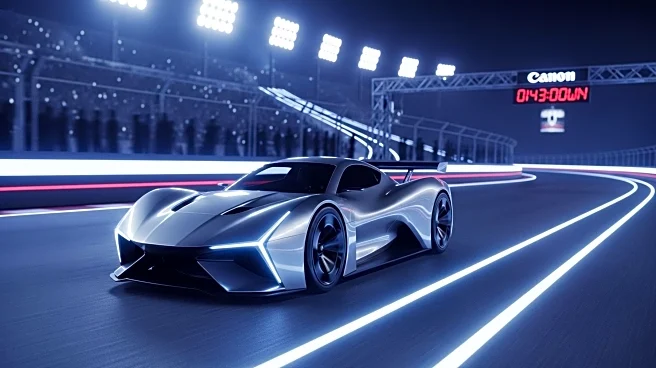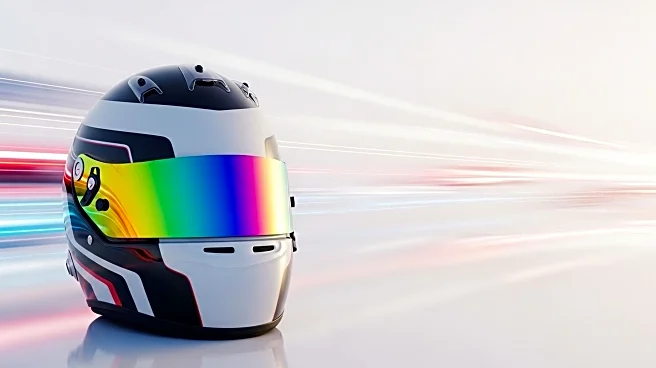What's Happening?
The upcoming United States Grand Prix may be designated as a 'heat hazard' race, following the precedent set by the Singapore Grand Prix. This designation by the FIA is a safety measure introduced after the 2023 Qatar Grand Prix, where extreme heat led to driver dehydration and fatigue. The Circuit of the Americas in Texas is expected to experience temperatures as high as 33 degrees Celsius (91.4 Fahrenheit), prompting concerns similar to those in Singapore. Drivers may be required to wear cooling vests or add ballast to their cars to ensure safety without gaining a weight advantage. While the cooling vests are not mandatory yet, they are set to become compulsory next season. However, some drivers, including Max Verstappen, have expressed reservations about the system, citing personal preference and cockpit space limitations.
Why It's Important?
The potential heat hazard designation at the United States Grand Prix highlights ongoing safety concerns in Formula 1, particularly regarding extreme weather conditions. This initiative reflects the sport's commitment to driver safety, which is crucial given the physical demands of racing. The introduction of cooling vests aims to mitigate health risks, but the debate over their effectiveness and implementation underscores the challenges of balancing safety with driver autonomy. The decision could influence future regulations and technological advancements in the sport, impacting teams, sponsors, and the broader motorsport industry.
What's Next?
If the heat hazard designation is confirmed, drivers will need to adapt to new safety protocols, potentially affecting race strategies and car setups. The FIA's decision may prompt further discussions among teams and drivers about the best approaches to ensure safety in extreme conditions. As the cooling vests become mandatory next season, teams will likely explore innovations to integrate these systems effectively without compromising performance. The ongoing dialogue between drivers and the FIA could lead to adjustments in safety regulations, influencing the sport's evolution.
Beyond the Headlines
The debate over cooling vests raises broader questions about the role of technology in enhancing safety in Formula 1. As the sport continues to push the boundaries of speed and performance, the integration of safety measures must evolve to address new challenges. This situation also highlights the importance of considering driver feedback in regulatory decisions, ensuring that safety innovations align with practical realities on the track.
